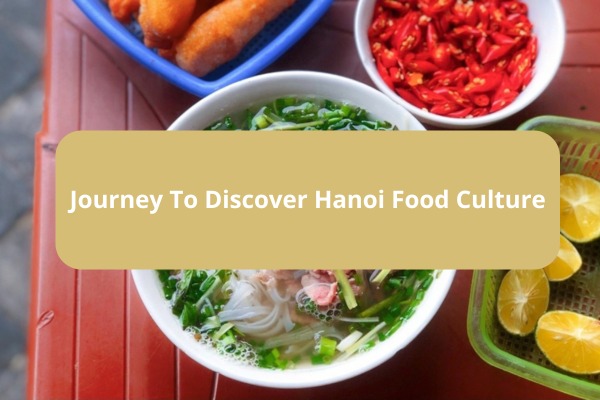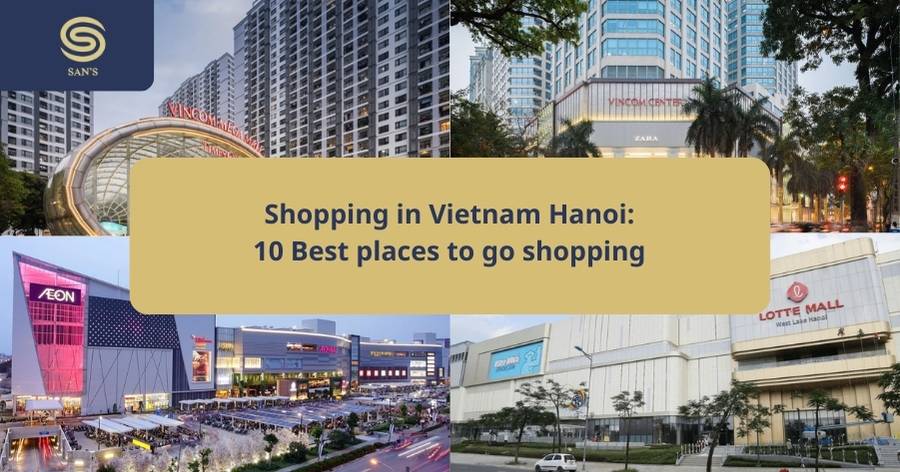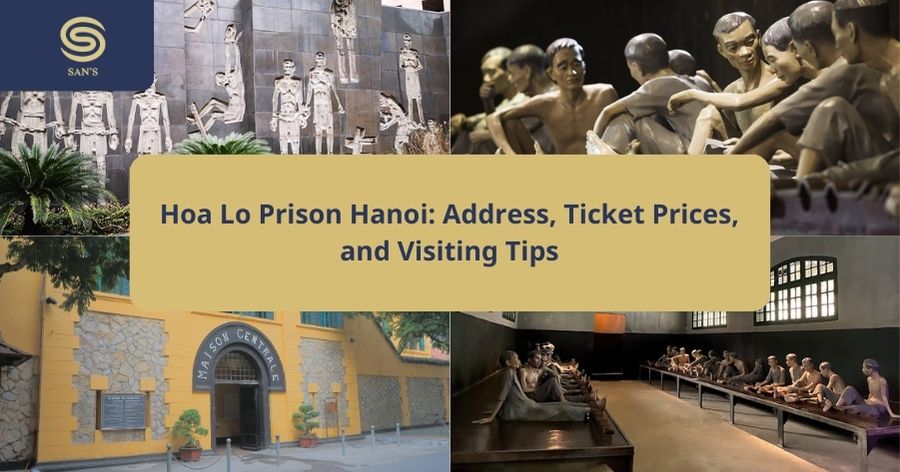Hanoi, the capital of Vietnam, is renowned for its rich history, vibrant culture, and particularly its diverse and delectable food scene. The food culture of a city offers profound insights into its history, traditions, and the daily lives of its people. This article delves into the unique and diverse food culture of Hanoi, exploring how it has evolved over the centuries and what makes it stand out.
-
Historical Background of Hanoi Food Culture
Hanoi’s cuisine is deeply influenced by its history and geography. Nestled in the Red River Delta, the city benefits from fertile land and abundant natural resources, which are reflected in its fresh and varied ingredients. Traditional cooking methods, such as grilling, steaming, and frying, combined with the use of rice, herbs, and spices, form the backbone of Hanoi’s culinary practices. Over the centuries, Hanoi food culture has evolved, integrating influences from Chinese, French, and other cuisines, creating a distinctive culinary identity that is both unique and diverse.
-
Key Elements of Hanoi Food Culture
One of the hallmarks of Hanoi food culture is the use of fresh ingredients and herbs, which contribute to the distinctive flavors and nutritional value of the dishes. The balance of flavors—sweet, salty, sour, and spicy—is another defining characteristic, with dishes often combining these elements to create a harmonious taste. Street food plays a crucial role in Hanoi’s food culture, with bustling markets and roadside stalls offering a wide array of delectable treats that reflect the city’s culinary heritage.
-
Popular Dishes in Hanoi
Pho: The National Dish
Pho is perhaps the most iconic dish of Vietnam, particularly associated with Hanoi. This flavorful noodle soup, made with beef or chicken, rice noodles, and a fragrant broth, is garnished with fresh herbs and served with lime, chili, and other condiments. Variations of pho include Pho Bo (beef) and Pho Ga (chicken). Some of the best places to try pho in Hanoi include Pho Thin and Pho Gia Truyen.

Bun Cha: Grilled Pork with Noodles
Bun Cha is a beloved dish consisting of grilled pork patties and slices, served with rice noodles, fresh herbs, and a tangy dipping sauce. This dish is a staple of Hanoi’s street food scene and holds significant cultural importance. Famous eateries for Bun Cha include Bun Cha Huong Lien, famously visited by former U.S. President Barack Obama.

Banh Mi: The Vietnamese Sandwich
Banh Mi is a perfect example of the fusion between French and Vietnamese cuisine. This sandwich features a crispy baguette filled with various ingredients such as pate, cold cuts, pickled vegetables, and fresh herbs. Top vendors for Banh Mi in Hanoi include Banh Mi 25 and Banh Mi Pho Hue.

Egg Coffee: A Unique Hanoi Creation
Egg Coffee is a unique creation from Hanoi, combining Vietnamese coffee with a creamy, frothy mixture of egg yolk and condensed milk. This delightful drink originated in the 1940s and remains a must-try for visitors. Recommended cafes for enjoying egg coffee are Cafe Giang and Cafe Dinh.

-
Street Food Scene in Hanoi
Hanoi’s street food scene is vibrant and diverse, with numerous markets and stalls offering an array of mouth-watering dishes. Popular street food vendors serve specialties like Nem Ran (spring rolls), Banh Cuon (steamed rice rolls), and Cha Ca (grilled fish). To fully enjoy the street food experience, it’s essential to understand local etiquette and tips, such as choosing vendors with high turnover for freshness and being cautious with raw ingredients.

-
Cultural Significance of Hanoi’s Food
Hanoi’s food is more than just sustenance; it is a reflection of the city’s cultural identity. Food plays a central role in festivals and celebrations, with dishes like Banh Chung (square sticky rice cake) being integral to Tet (Lunar New Year) festivities. The influence of Hanoi’s food culture extends to modern Vietnamese cuisine, with many traditional dishes being adapted and enjoyed nationwide.
-
Experiencing Hanoi Food Culture
For those looking to immerse themselves in Hanoi’s food culture, guided food tours and culinary classes offer an excellent opportunity to learn and taste a variety of local dishes. Recommendations for food enthusiasts visiting Hanoi include participating in street food tours, exploring local markets, and attending cooking classes. Personal anecdotes from locals and travelers highlight the warmth and hospitality of Hanoi’s food scene, making it a memorable experience for all who visit.
This article provides a comprehensive look at Hanoi food culture, from its historical background to popular dishes and cultural significance, offering a thorough guide for anyone interested in exploring this vibrant aspect of Hanoi.
>>>Read more: How to Eat Bun Cha: A Complete Guide
Follow us on Facebook to update the latest travel information daily: San Hotel Series





